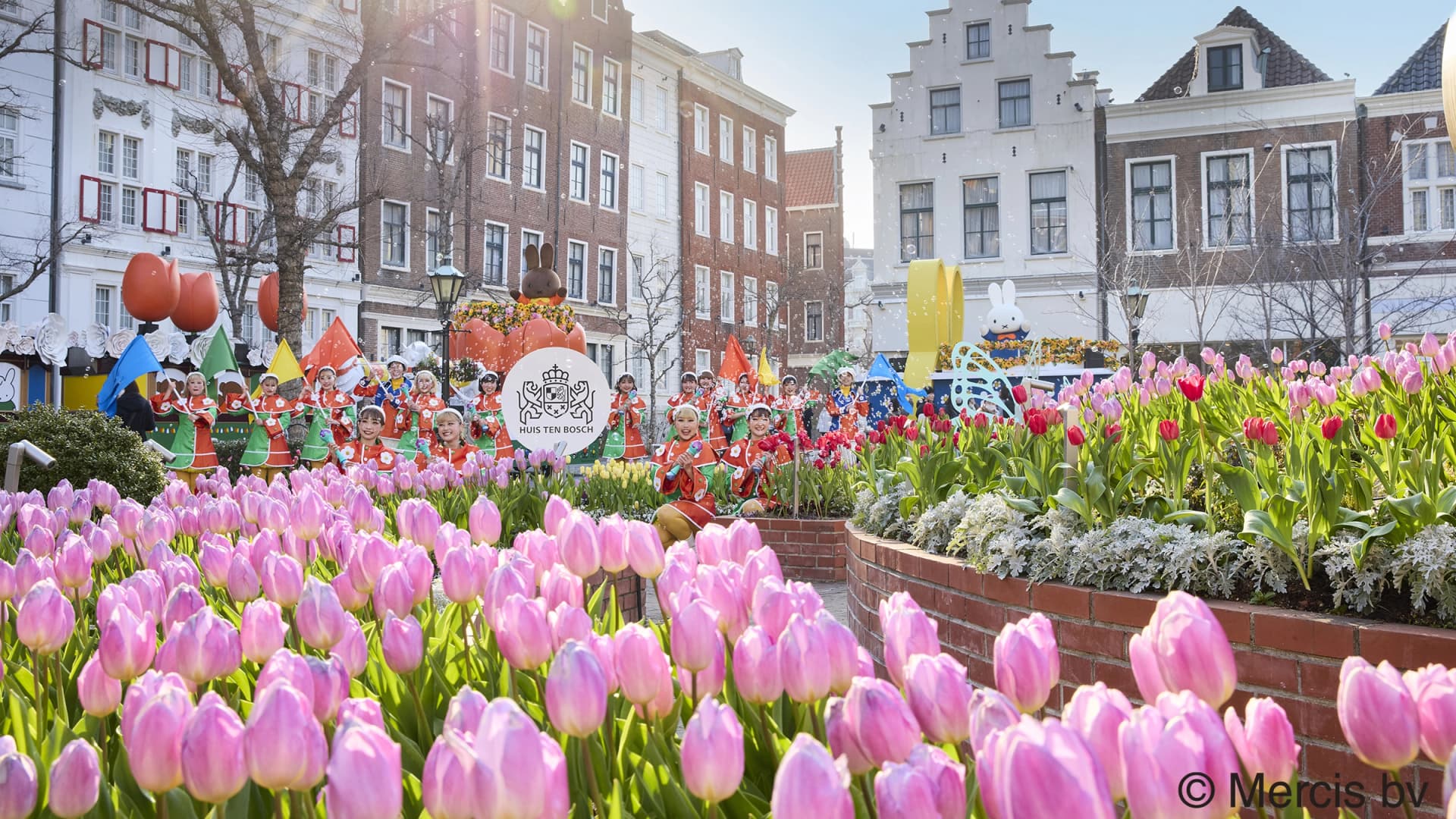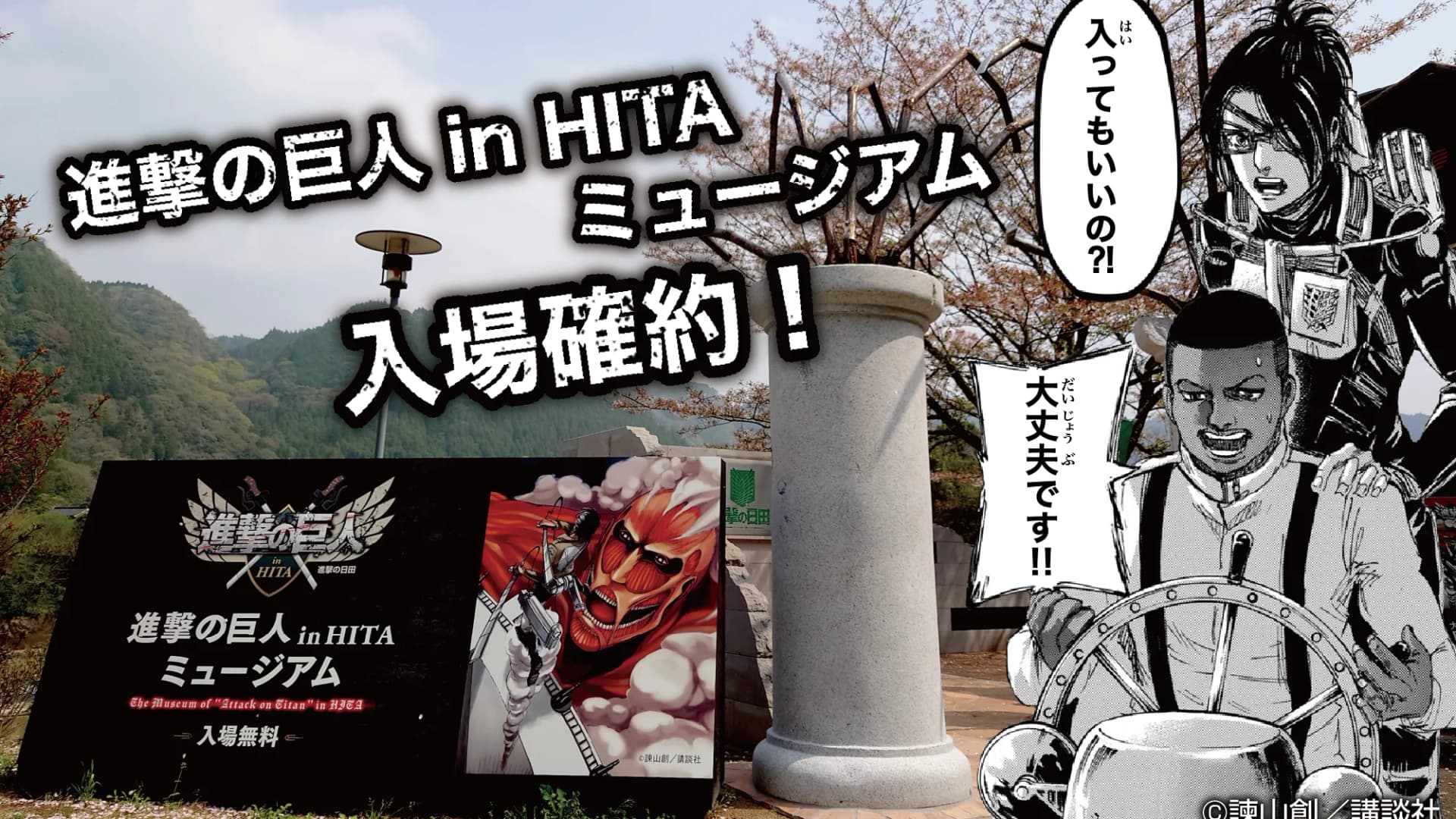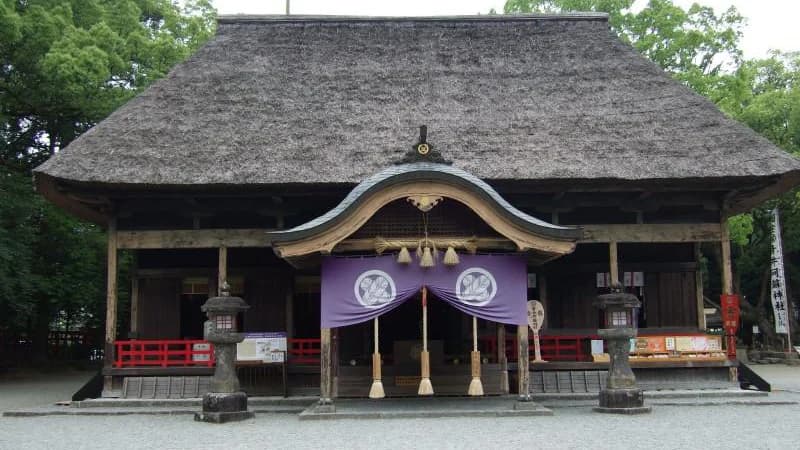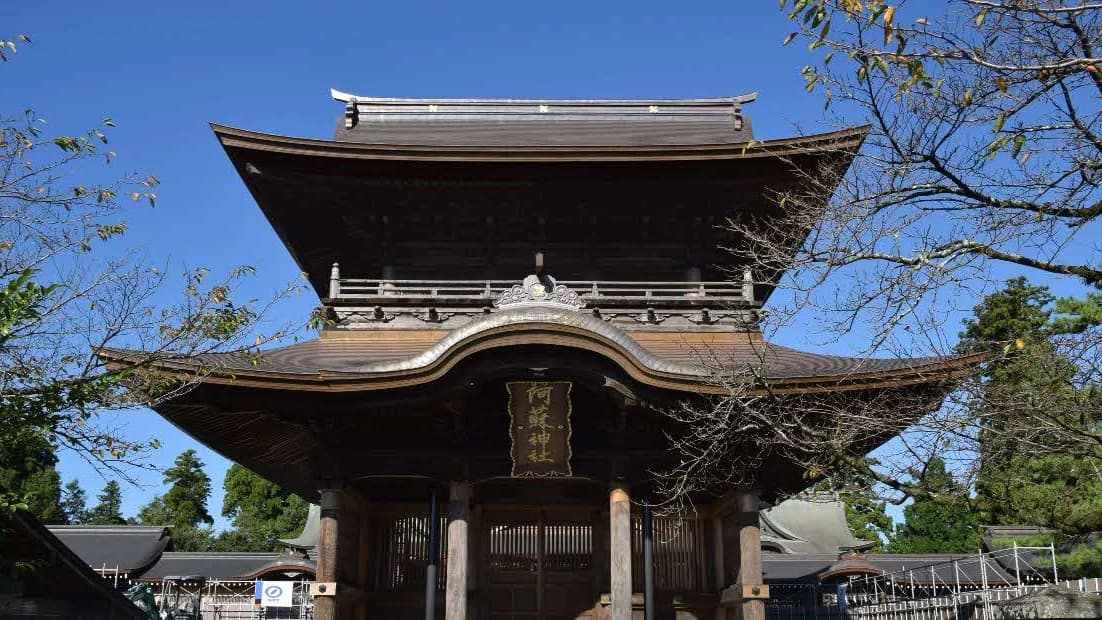
Aoi Aso Shrine
青井阿蘇神社- Hitoyoshi StationYunomae LineHisatsu Line
- Walk 13 minutes
Aoi Aso Shrine, dedicated to three deities of the Aso lineage, was founded approximately 1,200 years ago, in the first year of the Daidō era (806 CE) — about 400 years before the Sagara clan entered the region. Three divine spirits were enshrined here as divided deities from Aso Shrine, the ancient guardian of the vast plains surrounding Mount Aso.
The enshrined deities are:
- Takeiwatatsu-no-Mikoto — Grandson of Emperor Jimmu, the first emperor of Japan.
- Aso-tsuhime-no-Mikoto — His consort.
- Kuninomiyatsuko Hayamikatama-no-Mikoto — Their son.
These three kami, protectors of pioneers and cultivators, were venerated by early settlers as they developed the Hitoyoshi-Kuma basin, seeking divine blessings for prosperity, stability, and harmony.
Today, there are 523 shrines nationwide that enshrine the divided spirits of Aso Shrine: 461 in Kumamoto, 32 in Ōita, 7 in Fukuoka, 5 in Miyazaki, 4 in Nagasaki, and 14 as far north as Aomori Prefecture — testimony to the long-standing faith in these deities as guardians of land cultivation and growth.
According to an old inscription, Aoi Aso Shrine was built upon land believed to be divinely chosen. From the perspective of feng shui, this landscape is an ideal example of shishin-sōō (四神相応) — “the land harmonised with the Four Guardian Beasts”.
Each of these sacred creatures protects a direction:
- Seiryū (Azure Dragon) — East, dwelling in rivers.
- Suzaku (Vermilion Bird) — South, dwelling in ponds.
- Byakko (White Tiger) — West, guarding roads.
- Genbu (Black Tortoise) — North, dwelling in mountains.
Thus, land surrounded by a river to the east, a pond to the south, a road to the west, and a mountain to the north was believed to bring eternal fortune and prosperity. Just as Heian-kyō (Kyoto) was established in such an auspicious location in 794, Aoi Aso Shrine was founded twelve years later, in Daidō 1 (806), in a similarly favourable setting — with the Kuma and Yamada Rivers to the east, Hasuike Pond to the south, a major road to the west, and Murayama to the north. Remarkably, such advanced geomantic principles were shared between the imperial capital and the Hitoyoshi-Kuma region over 1,200 years ago.
Architecture
The shrine’s five connected structures — the Main Sanctuary (Honden), Corridor (Rō), Offering Hall (Heiden), Worship Hall (Haiden), and Tower Gate (Rōmon) — form a single harmonious complex. These buildings were commissioned by Sagara Nagatsune (Sagara Yorifusa), the 20th lord of the Sagara clan, and constructed over four years from Keichō 15 to 18 (1610–1613).
Because all five buildings were erected simultaneously and remain intact, Aoi Aso Shrine is of great architectural importance. In recognition of its historical and artistic value, the complex was designated a National Treasure of Japan on June 9, 2008 — the first such designation in Kumamoto Prefecture and the first in Kyushu in 55 years.
The shrine’s black-lacquered buildings, detailed with red lacquer joinery and vivid polychrome carvings, exemplify the Momoyama style of design. The steeply thatched roofs, dark elegance, and ornate craftsmanship stand as hallmarks of Hitoyoshi-Kuma’s architectural legacy.
The region itself is a treasure house of cultural properties — home to roughly two-thirds of all cultural assets in Kumamoto Prefecture. Of the 23 nationally designated Important Cultural Properties in the prefecture, 13 are located in the Hitoyoshi-Kuma area. This extraordinary concentration reflects the patronage of the Sagara clan, who ruled the area continuously for over 700 years.
Under the supervision of the Agency for Cultural Affairs, a complete restoration of the shrine was undertaken in 1956, ensuring that the splendour of its 400-year-old architecture endures to this day.
Sacred Traditions
At Aoi Aso Shrine, three major festivals are celebrated throughout the year, preserving centuries-old traditions of prayer and gratitude.
Okunchi Festival: Celebrated on the anniversary of the shrine’s founding, this festival features a grand procession.
Nagoshi Festival (Summer Purification): This sacred rite of purification has been faithfully preserved for over 600 years.
Participants pass through a large ring of chigaya grass three times (left–right–left), symbolically cleansing themselves of sin and impurity. Paper figures (hitogata) representing individuals are also purified and floated down the Kuma River in a ritual known as katashiro-nagashi, carrying away misfortune and restoring spiritual balance.
Inari Shrine First Horse Day Festival (Hatsuuma): Held on the first “Horse Day” of the second lunar month, this festival honours Uka-no-Mitama-no-Kami, the deity of agriculture and fertility. The tradition originates from the belief that the god of Fushimi Inari Taisha in Kyoto descended to earth on such a day in 711 CE.
Inari worship, originally centred on agricultural prosperity, later expanded to encompass commercial success and domestic well-being, spreading widely among merchants and townspeople. The Inari Shrine within Aoi Aso Shrine’s grounds was founded in Hōreki 9 (1759) during the time of Sagara Yorihisa, the 27th clan head, as a prayer for abundance and peace following years of hardship and natural disaster.
Related topics
At Hey Japan!, we strive to keep the places listed on our website as current as possible. However, it is important to note that location owners or management may make changes to their plans, including canceling events, altering opening times, or modifying admission requirements, without prior notice. To ensure that you have the most accurate information, we recommend checking official websites before visiting any location.
Last Updated:













